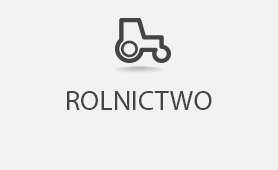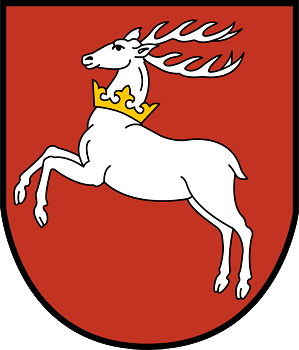Grand Est Region (France)
Cooperation based on the Agreement of 4 December 2002
Area: approx. 57,441 km²
Population: more than 5.5 million
Capital: Strasburg (468 thousand inhabitants)
The Grand Est Region was established on 1 January 2016 upon a merger of 3 regions: Alsace, Lorraine and Champagne-Ardenne. It is the only French region bordering 4 countries: Belgium, Luxembourg, Germany and Switzerland. Because of its transborder location, Grand Est intensively cooperates with neighbouring countries and self-governments, among others, within the Euroregion Grande Region.
The region has a relatively young society (more than 30% of the population is under 25) and a large number of students benefiting from a wide offer of academic institutions (5 universities, trade, engineering and artistic schools, etc.)
More than 80% of Grand Est’s area is made up of agricultural areas and forests, which translates into a strong agriculture and food sector and a high employment ratio in the wood sector. In terms of economy, the region has competitive machine, automotive, chemical, pharmaceutical and metallurgical industries, which makes it the second-biggest exporter and the second-most industrialised region in France. In terms of history, Grand Est has a strong relation with Poland because of King Stanisław Leszczyński, father-in-law of the French king, Louis XV. As a ruler of the duchy of Lorraine, Leszczyński acquired the nickname “king benefactor”. He became famous as a patron of art and science. Upon his initiative, Place Stanislas (Stanisław Square) in Nancy was built and, after his death, a statue of Stanisław was erected in the centre of it. Place Stanislas, along with the adjacent Place de la Carrière and Place d’Alliance, are inscribed on the UNESCO list.
Cooperation between the Lubelskie Voivodeship and French partners has had an almost 20-year tradition. The basis of the current cooperation is the Agreement on cooperation between the Lubelskie Voivodeship and the Lorraine Region signed on 4 December 2002. The agreement includes the following areas of cooperation: mutual promotion of regions, economy and trade, agriculture, development of rural areas, environmental protection, water management, spatial development, communication and transport, cooperation between universities, vocational education, culture, tourism, European integration.
Recently, education has played an important role in cooperation between the regions. In 2017-2019 the Lubelskie Voivodeship, Grand Est region and Moravian-Silesian Region (Czech Republic) implemented a project financed from the ERASMUS+ programme “Cooperation on vocational training for the European labour market” involving 4 vocational schools from Lubelskie. The project enabled students and teachers to gain new professional experience and exchange of good practices with foreign partners. For many students it was their first contact with a foreign education system and labour market.
Moreover, thanks to self-government cooperation, in 2018 agreements on establishing the University European Centre in Lublin were signed. The centre is to run research and didactic activity on European integration. The Centre is the joint initiative of the Lublin and Nancy cities, as well as the University of Marie Curie-Skłodowska, the Lorraine University and 3 Ukrainian universities: Taras Shevchenko Kiev National University, Yuryi Fedkovych Chernivtsi National University and Vasyl Stefanyk Precarpathian National University in Ivano-Frankivsk.













 Oficjalny portal województwa lubelskiego prowadzony przez Urząd Marszałkowski Województwa Lubelskiego
Oficjalny portal województwa lubelskiego prowadzony przez Urząd Marszałkowski Województwa Lubelskiego